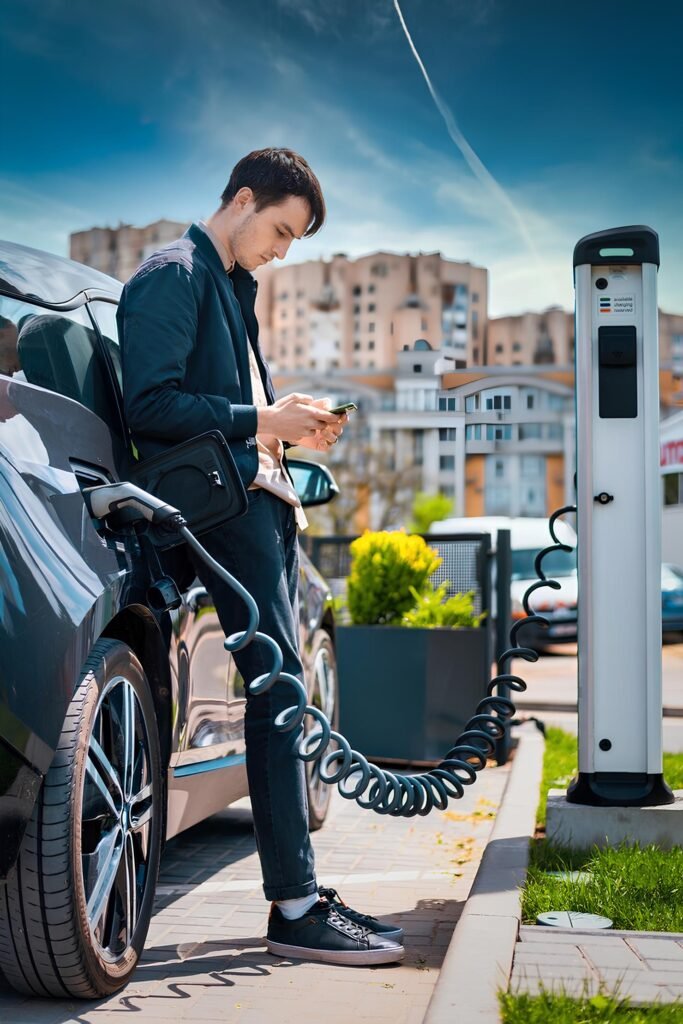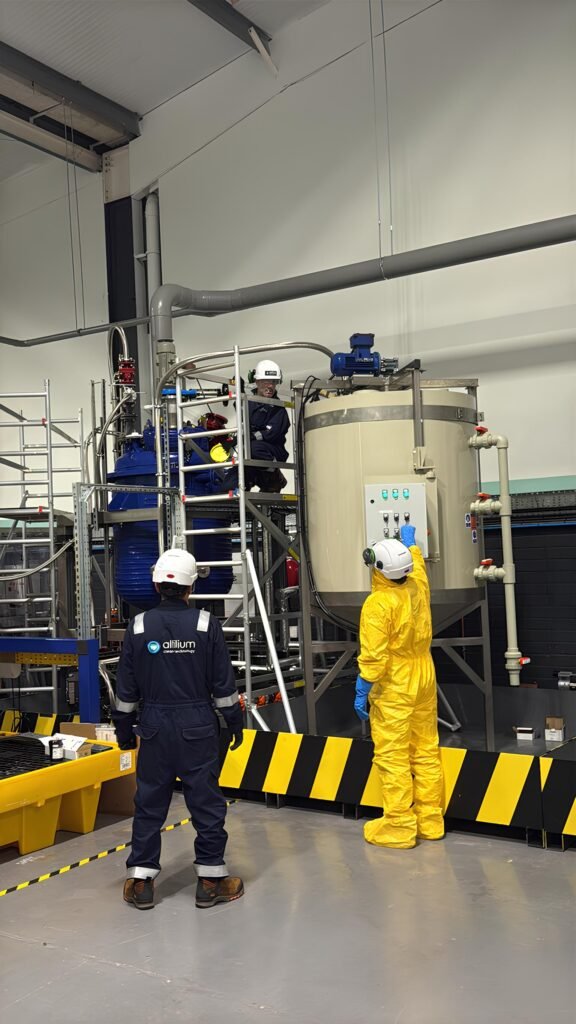Electric vehicles (EVs) are often praised as the future of sustainable transportation. With concerns over climate change and air pollution, EVs are seen as a cleaner, greener alternative to traditional gasoline-powered cars. But, while EVs have clear environmental benefits, are they as green as they seem? In this blog, we’ll explore the environmental impact of electric vehicles and whether they live up to the hype.
How Electric Vehicles Help the Environment
Electric vehicles have several advantages when it comes to reducing emissions. The most obvious benefit is that they don’t produce tailpipe emissions like gas-powered vehicles. This means EVs don’t release harmful pollutants such as carbon dioxide (CO2), nitrogen oxides, or particulate matter into the air, contributing to better air quality and less smog in cities.
EVs also play a crucial role in combating climate change. The transportation sector is one of the largest sources of CO2 emissions, and by switching to electric power, we can significantly reduce our carbon footprint. Electric vehicles become even more eco-friendly when powered by renewable energy sources, such as solar or wind, as the electricity used to charge them is generated from clean energy rather than fossil fuels.


The Environmental Cost of Manufacturing Electric Vehicles
While EVs help reduce emissions during use, the environmental cost of manufacturing them can’t be ignored. One of the major environmental concerns with electric vehicles is the production of their batteries. The batteries used in EVs, particularly lithium-ion batteries, require materials like lithium, cobalt, and nickel. Mining these materials can have significant environmental impacts, including habitat destruction, water pollution, and high energy consumption.
Moreover, the production of lithium-ion batteries is energy-intensive and generates a fair amount of CO2.
A study by the Union of Concerned Scientists found that manufacturing an electric vehicle can produce more emissions than manufacturing a gasoline-powered car—largely due to the production of the battery. However, once the EV is on the road, these higher initial emissions are typically offset by the lower emissions during its use, especially over the long term.
Battery Disposal and Recycling Challenges
Another environmental concern is the disposal and recycling of EV batteries. As electric vehicle adoption grows, so does the need to manage old batteries in an environmentally responsible way. Currently, battery recycling rates are relatively low, and the process can be expensive and complex. If not recycled properly, used batteries can leak harmful chemicals into the environment, posing risks to soil and water quality.
Efforts are being made to improve recycling technologies and establish a more sustainable supply chain for EV batteries. Companies are investing in methods to reuse and recycle the materials found in these batteries, which could reduce their environmental impact. But for now, the disposal of EV batteries remains an issue that must be addressed to ensure that EVs live up to their green reputation.

Image Source: [Electric & Hybrid Vehicle Technology International]

The Environmental Impact of Charging Electric Vehicles
The environmental impact of EVs also depends on how they are charged. If an EV is charged using electricity generated from fossil fuels, its overall environmental benefit decreases. In regions where coal or natural gas is the primary source of electricity, the emissions associated with driving an EV are higher than in areas where the grid is powered by renewable energy sources.
However, as the world transitions to cleaner energy grids, the carbon footprint of charging electric vehicles is expected to decrease. Many countries are investing heavily in Renewable Energy Infrastructure, making it increasingly easier to charge EVs with clean power. The use of home solar panels to charge EVs is also gaining popularity, which significantly reduces the environmental impact.
Are Electric Vehicles Green?
So, are electric vehicles truly as green as they are marketed? The short answer is: yes, but with some restrictions.
EVs offer significant environmental benefits, particularly in reducing air pollution and cutting greenhouse gas emissions when charged with clean energy. However, the environmental impact of manufacturing EV batteries and the challenges around recycling them can’t be overlooked.
As technology improves, we can expect advances in battery manufacturing, recycling, and energy production to make EVs even more eco-friendly. Additionally, as the shift to renewable energy continues to grow, the overall environmental impact of electric vehicles will continue to improve.


Conclusion
So, is AI the future of healthcare? In many ways, the answer is yes. AI is already making healthcare smarter, faster, and more personalized. As technology continues to evolve, we can expect even more innovations that will help save lives and improve the quality of care. While there are still challenges to overcome, the potential of AI in healthcare is undeniable, and we’ll likely see even more amazing developments in the years to come.












